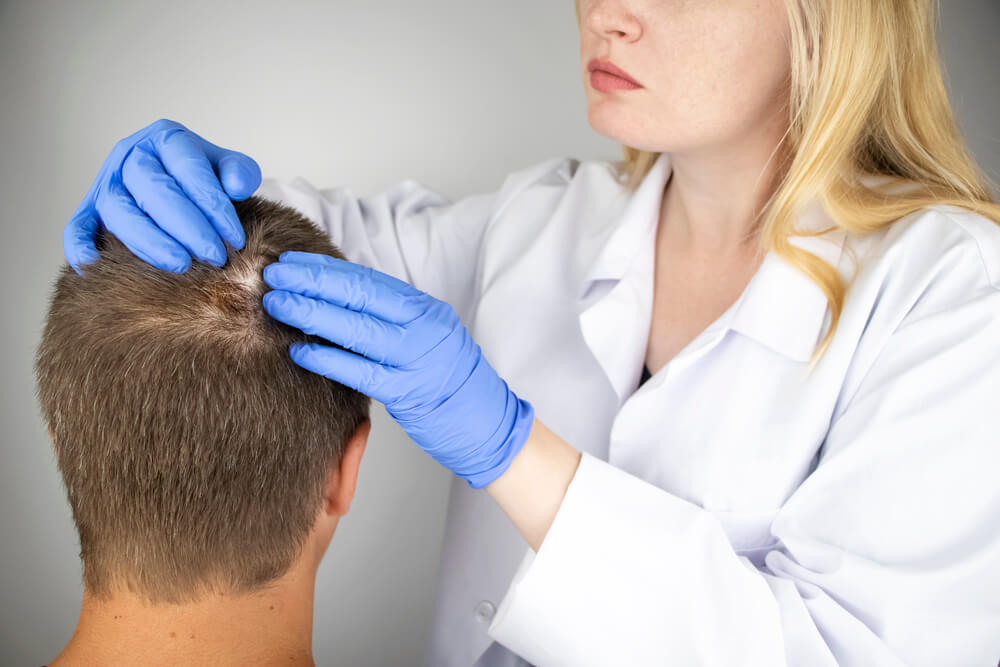Diamond-Blackfan anemia (DBA) is a disease that essentially has an impact on the bone marrow. Individuals with this disorder usually also have abnormalities,which are physically influencing several parts of the body.
The primary role of the bone marrow is to generate new blood cells. In DBA, the bone marrow fails to produce sufficient red blood cells (RBC), which bring oxygen to the tissue in the body. The inadequacy of red blood cells often becomes obvious during the early years.
Usually, a person with anemia may experience weakness, pale looks, and fatigue. Besides, if you have anemia, you’re at high possibilities of getting various complications associated with the failing functions of the bone marrow.


